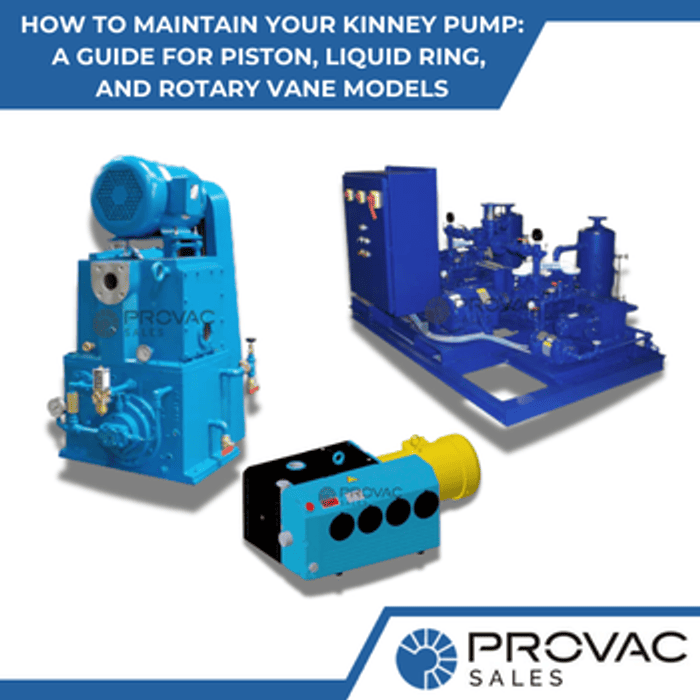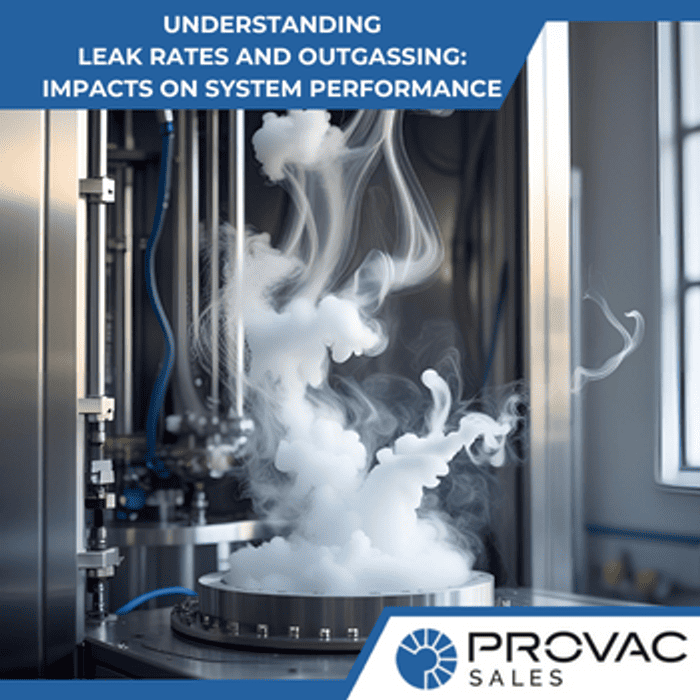A vacuum pump contributes significantly to the pharmaceutical industry. Manufacturers use these pumps to crystallize, sterilize, degas, & dye. These pumps find their way into all the manufacturing stages; therefore, you can't think of pharmaceutical products without them.
Each vacuum pump is a part of the vacuum prime system design used to make intermediate products, active pharmaceutical ingredients, & bulk drugs. The results achieved by vacuum pumps ensure that the final product remains unaffected by the wear & tear the pumps go through due to extreme temperature conditions.
Vacuum pumps in the pharmaceutical industry
The pharmaceutical industry uses vacuum pumps for the following reasons:
1. Drying
Drying uses a combination of various dryers, such as tray, tumble, conical, rotary, & freeze. It involves a low-temperature process that doesn't degrade, oxidize, or harm the active and biological ingredients. The pump pulls vacuum to evaporate liquids present in the solids. Even a drop of moisture in pharmaceutical products may defeat its efficacy. These products should be dry and free from water or any solvents. They require an approximate vacuum level of 1 torr during the final drying stage. The manufacturers granulate, blend and press the remaining cake into pills. These pumps ensure low residual moisture levels to make the products useful in the long-run.
2. Recreations or reactor drying
Reactors play a vital role in the pharmaceutical industry. The vacuum in these reactors can control or reduce the reaction's temperature, reduce cost, recapture products, improve product quality, and remove reacted products.
The pharmaceutical industry uses a range of chemical reactions specially meant for dry pump technology. Some of the most commonly used chemical reactions are cracking and stripping of hydrocarbons, synthesis of chemical compounds, neutralization and adsorption reactions, and pharmaceutical intermediates. The pumps keep repeating these reactions automatically as soon as they get new batches, thus ensuring steady production of medicines.
3. Distillation
Distillation separates two or more zones or layers that differ in composition, phase state, pressure, or temperature. You will notice the tower moving to its equilibrium as the vacuum pump starts. Each layer will contain a different concentration level that helps to separate the zone from its original mixture. In short, the distillation part of the vacuum pump provides an artificial atmosphere where the liquid components can separate from one another by changing their temperatures and vacuum.
Another crucial part of the distillation process is to remove significant amounts of water, light ends, and non-condensable loads, thus freeing the system from feedstock processing. This allows the feedstock to pass through the column and achieve accurate separation. The gas that comes out from the tower top goes through further condensation, while the liquids come through the tower for further separation in the next stage. This type of vacuum pump is helpful for monoglycerides, paraffins, esters, and fatty acids.
4. Degassing
Vacuum pumps can degas trapped and dissolved gases in medicines. The pump removes the vapor and improves its physical characteristics by further processing the product and avoiding corrosion and cross-contamination. Apart from the pharmaceutical industry, this pump finds its application in other industries also, such as degassing brake fluid, turbine oil, hydraulic brake oil, transformer oil, and hydrocarbon oil to improve purity. It can also degas paints, pastes, and glues to remove unwanted gases, and degas water for food, boilers, and medicines.
5. Crystallization
Vacuum pumps in pharmaceutical industries also evaporate and cool down supersaturated liquids to provide pure crystals. You can easily handle these crystals because they are convenient to store. You can even sell them in their finished form. The vacuum pump controls the cooling and evaporation rates across various pressure ranges. It also reduces production costs by bringing down the boiling point of the liquid.
Some of the most common applications of this type of vacuum pump include concentrating and desalinating, recovering plating materials, crystallizing antibiotics, penicillin, amino acids, and producing ammonium nitrate.
6. Sublimation
A vacuum pump also solidifies a gas phase by skipping the liquid phase altogether. It basically removes excess material without degrading the end product's condition. Sublimation is the penultimate stage of making medicines. It uses a combination of procedures, such as freeze-drying, tumble drying, and conical drying to provide a pure product. The pump uses its vacuum mechanism to form rapid cycles and sublime the contents quickly in a controlled environment where the gas becomes solid within a few minutes.
7. Filling
Pastes and creams don't contain air in their tubes. A small liquid ring pump sucks the air using vacuum so that the tube contains nothing but the cream inside. It then discharges the tube using a compressor.
These manufacturing stages prove how and why vacuum pumps are so crucial for the pharmaceutical industry. Without them, you cannot think of producing high-quality medicines that retain their efficacy for months and sometimes even years.





